Glossary
-
An exercise that focuses on bringing your limbs away from your midline.
-
An exercise that focuses on bringing your limbs towards your ‘midline’.
-
This course is designed to challenge those clients that have been previously invited to attend sessions that test limits and ability. You should be able to safely do exercises on the reformer that require multiple joints moving at the same time and can control your breath and body to do standing balance work on the reformer. You must be able to keep up with the quicker pace and prepare your equipment for specific exercise. #Adv
-
PilatesCNTR courses are designed for all levels and abilities. This class is a safe and effective way to increase your flexibility, develop your core, and release tension. The exercises are designed to layer and build on each other as the student learns the foundational principles. #All
-
An acronym for the core principles of Pilates: Breathe, Energize, Align, and Move.
-
PilatesCNTR courses are designed to help you build a strong foundation in the Pilates method. Pilates integrates breath and movement with proper body mechanics to increase greater physical and mental awareness of how the body moves and feels. #Beg
-
A basic Pilates move in which your spine makes a capital C.
-
To remove yourself from class attendance without incurring penalty. A client must remove themselves from the class at least 12 hours before the start of the class. Failure to meet the deadline will result in losing a class from your package and charged a $10 late cancellation or “no show” fee.
-
To strengthen the center of your body. Also referred to as ‘setting your center’.
-
This term is interchangeable with ‘session’. Unless otherwise noted, every course is 50 minutes in length with 10 minutes to clean the reformer before the next course begins.
-
The movement of flexing the top of your toes towards your shin.
-
A component of a Pilates Reformer machine. As the name suggests, this bar is typically where your feet are placed. Different foot positions result in working different muscles. Pilates footwork: simple yet powerful, is typically the first exercise taught on the reformer and can tell you a lot about your body.
-
Walking on the balls of your feet, with your heels off the floor.
-
A technique for positioning your back on the floor to perform certain Pilates moves.
-
Being aware of your alignment and posture.
-
The muscles found between each rib cage are responsible for helping you breathe.
-
PilatesCNTR courses are designed to focus on your core by digging deeper into foundation and core work. You will have confidence in the exercises with good form and without a lot of explanation. #Int
-
A contemporary style of Pilates that combines strength training and cardio.
-
A breathing technique that directs breath into the sides of the ribs.
-
The straight line that runs from the top of your head to your feet.
-
A flexible ring with handles used to strengthen the inner thighs, upper arms and neck.
-
PilatesCNTR courses are designed for every client that has not previously attended a session at this location. Every first session is #New. Additionally, those clients that are infrequent attendees will have to repeat New courses. #New
-
Also known as ‘Ballet Position’. Your heels are together, toes apart.
-
When your knees, legs, and feet are perfectly aligned below your hip joints.
-
The movement of flexing the top of your toes away from your shin.
-
A region of the body that reaches from the bottom of your ribs to your hip line, and includes your abs, lower back muscles, pelvic floor, hip muscles and glutes.
-
Persistent fullness in your lower abdominal muscle caused by weakness.
-
Laying down flat on your back is referred to as the ‘supine’ position.
-
A gliding platform fitted with straps, bars, and pulleys to practice Reformer Pilates.
-
Drawing your ab muscles inwards to support your back.
-
This is an exercise that involves your legs making a 90-degree angle while you lie down with your back straight. The knees are over the hips, and your feet must be aligned with your knees.
-
Your oblique muscles.
-
Stretching your muscles in the neck by bringing your chin forward.
-
Reaching in opposite directions.
-
A traditional piece of Pilates equipment designed to help strengthen your Powerhouse.
-
The movement of pulling your lower abs up and in.
